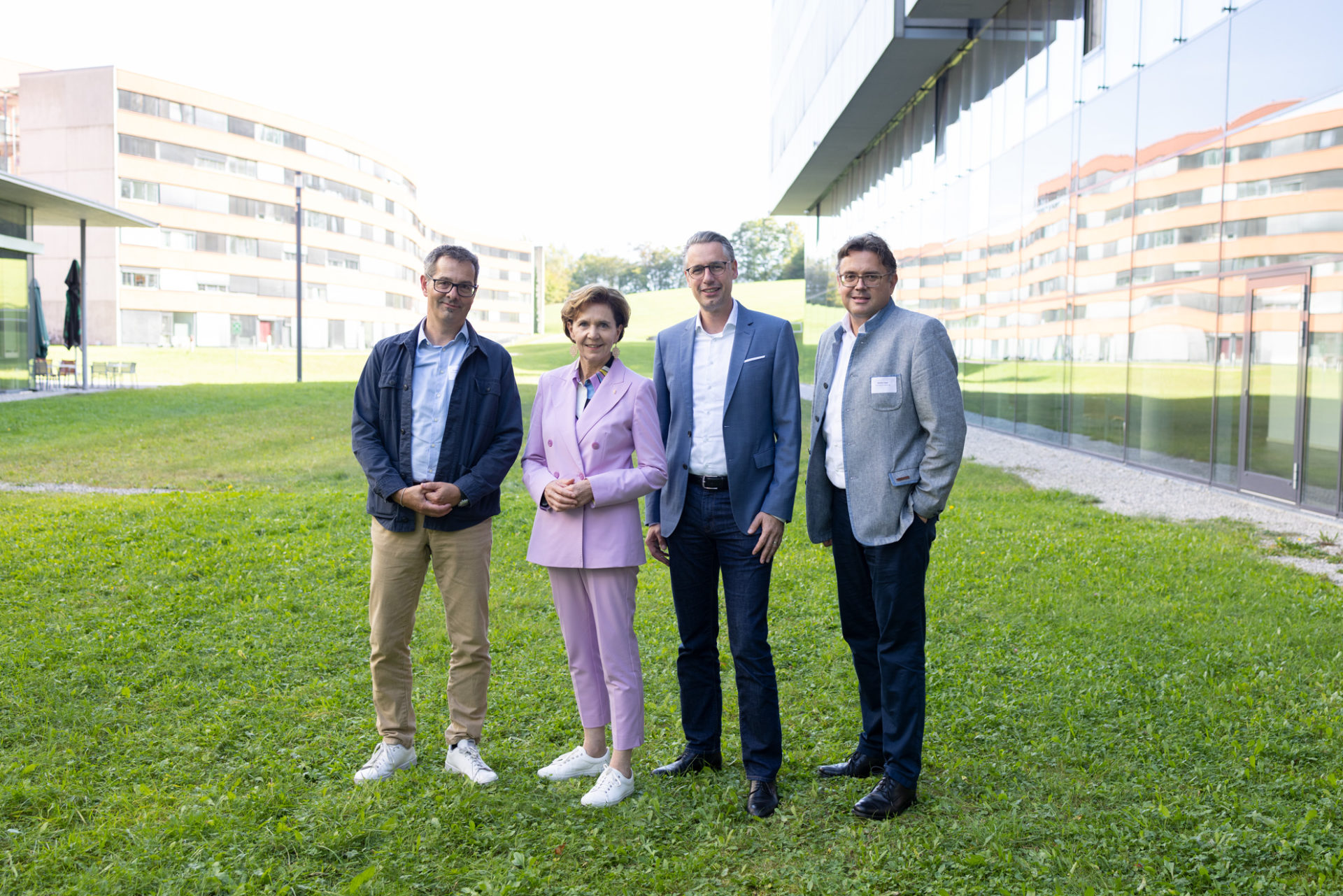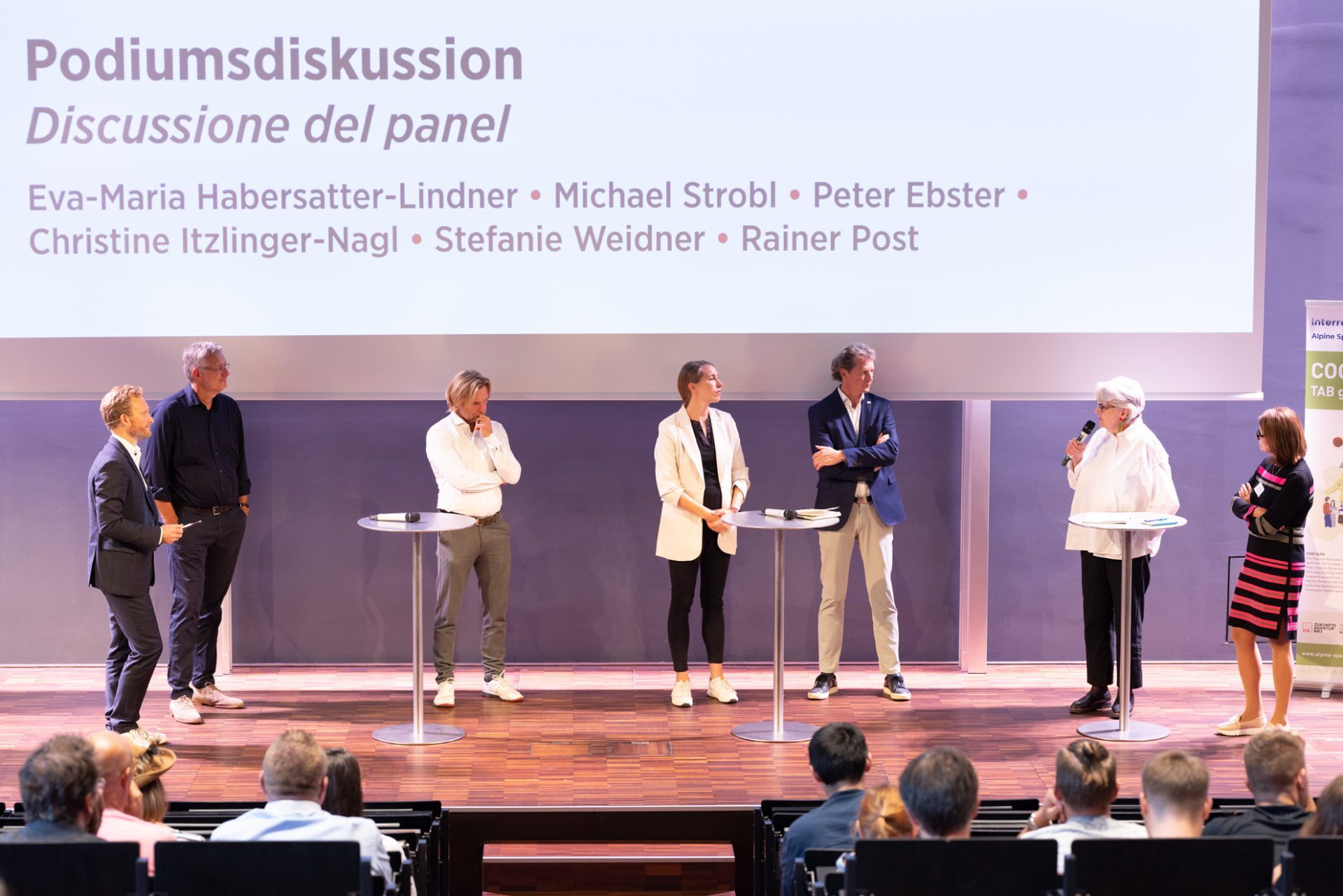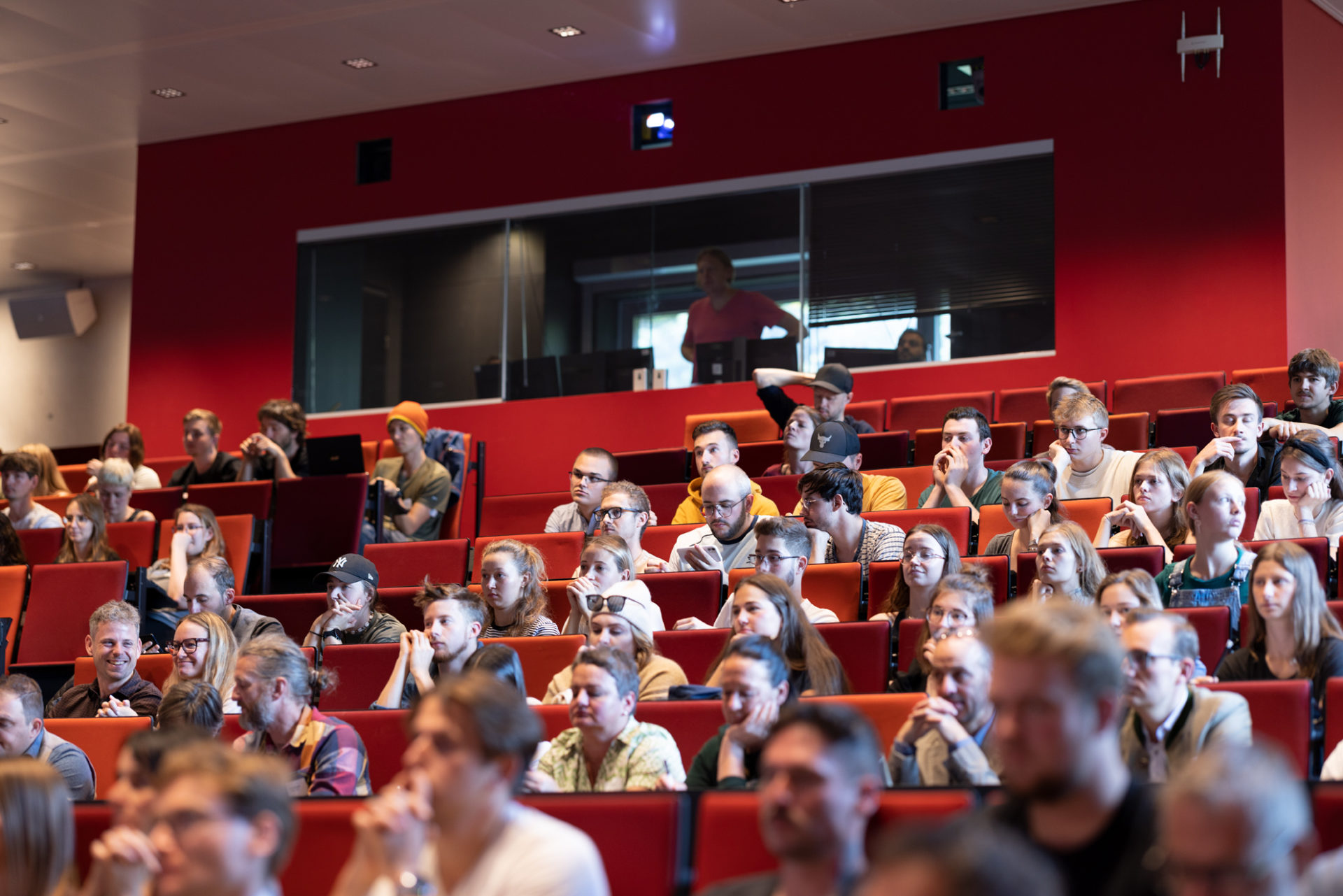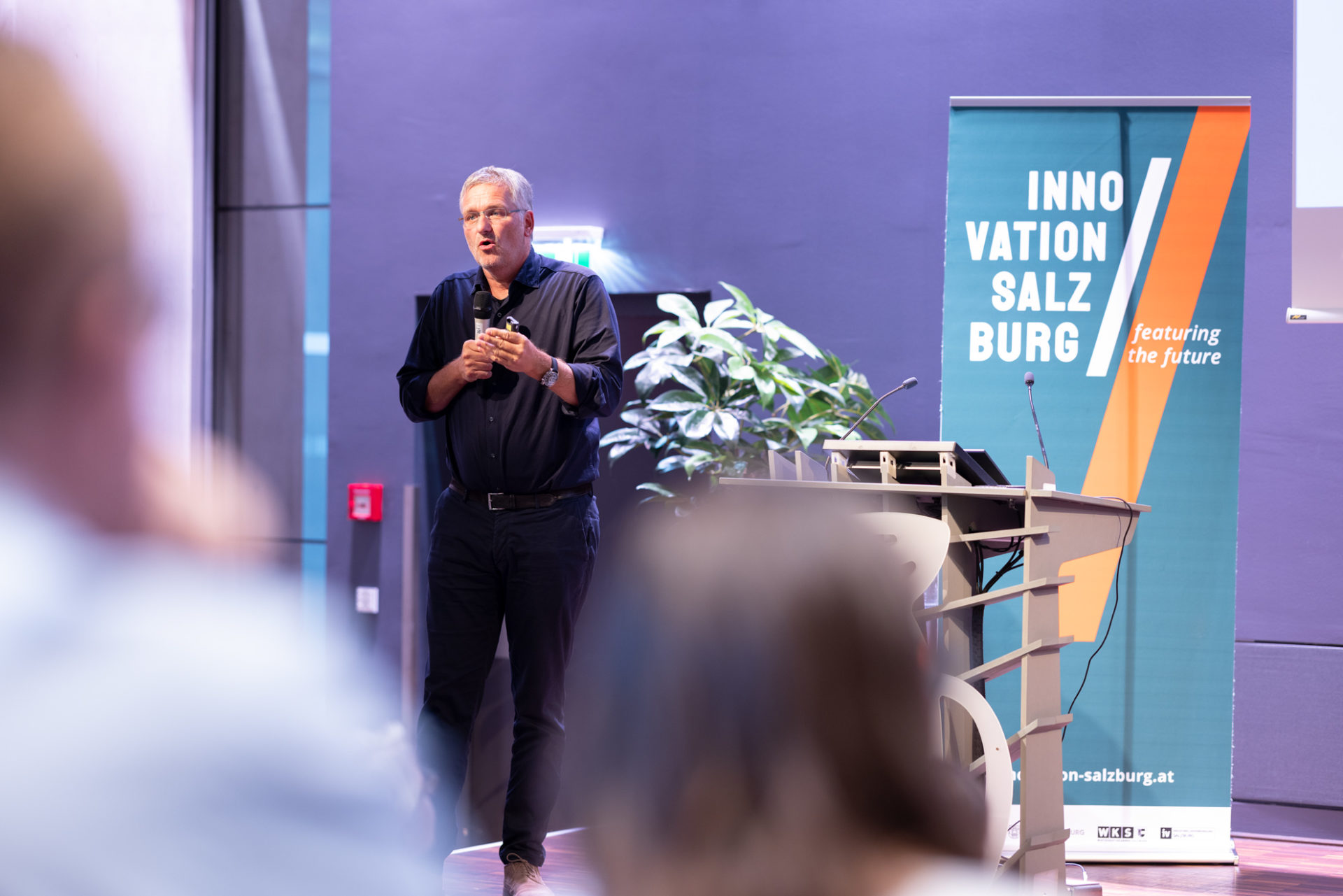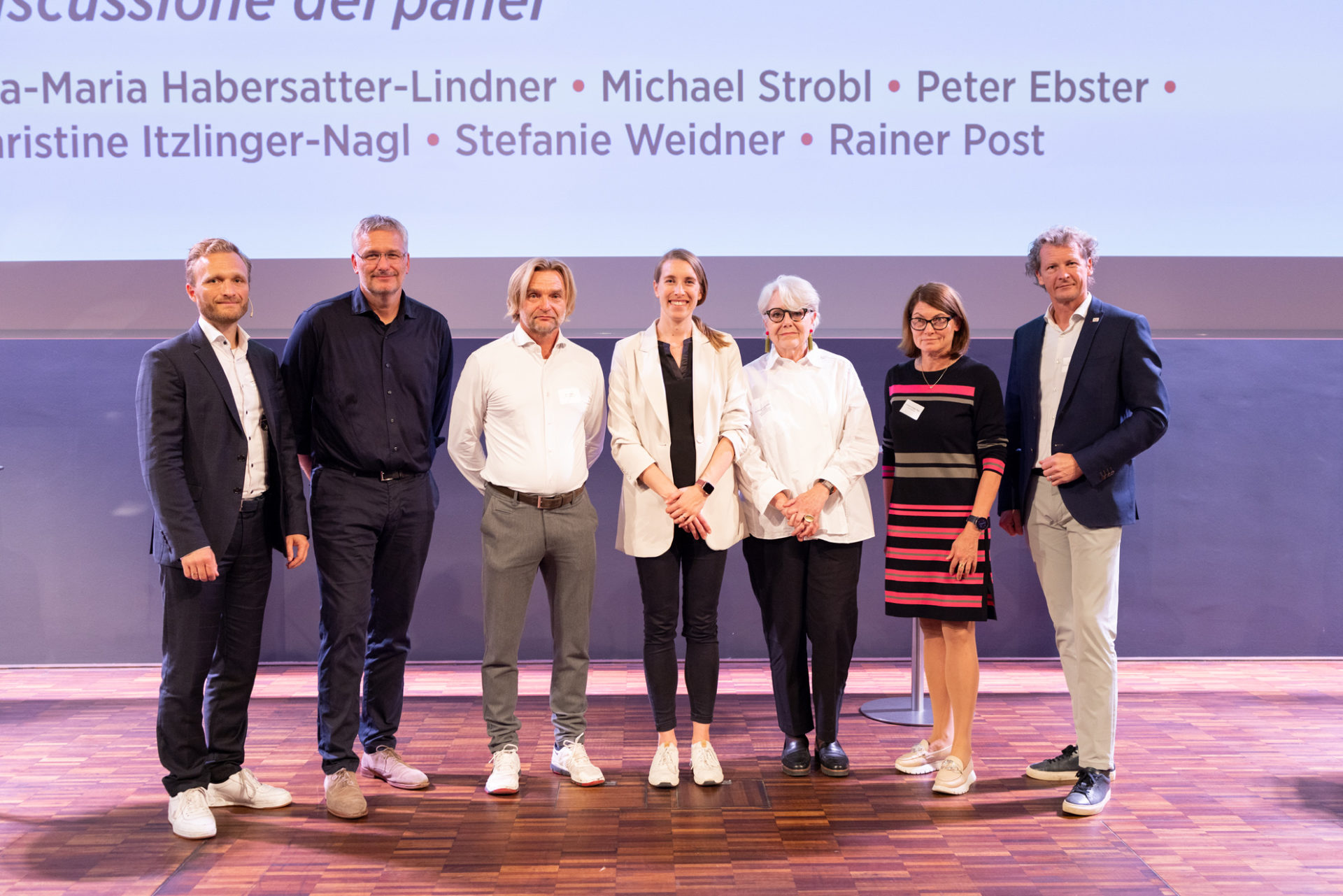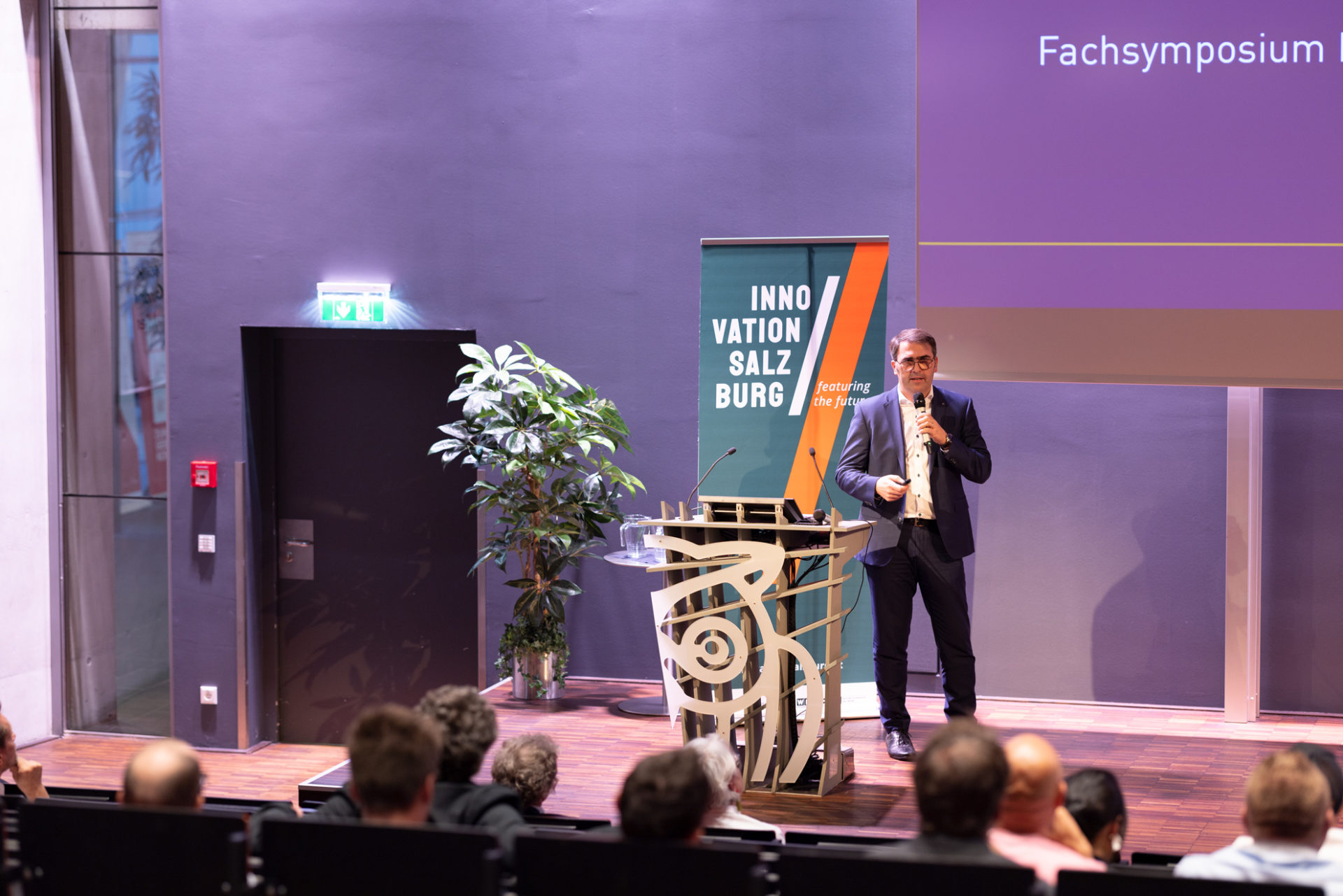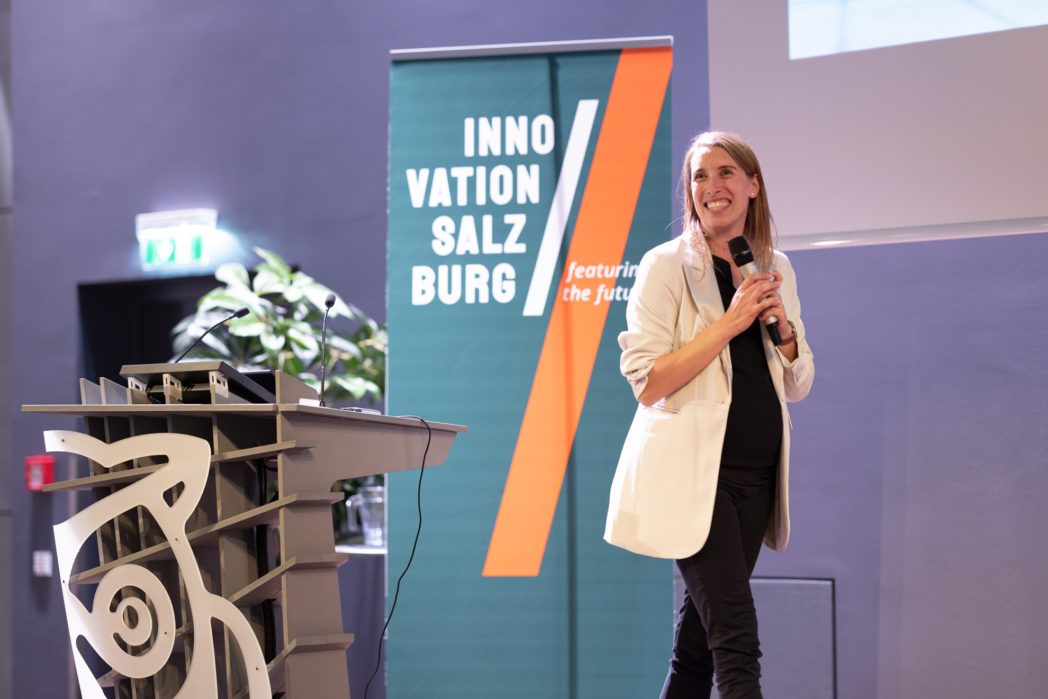
The consumption of the construction industry in numbers is impressive: more than 50 percent of the existing CO2 emissions, up to 50 percent of energy consumption, the utilization of up to 50 percent of available raw materials, and 50 to 60 percent of waste (nationwide in Germany). This was revealed by Stefanie Weidner, Head of Sustainability Strategies at the office of Werner Sobek, during the 10th Symposium on Alpine Construction. The international office of Werner Sobek is known for its focus on the design and planning of structures, facades, and technical building equipment, as well as sustainable engineering and design. A paradigm shift in the construction industry is necessary because legislatively mandated measures fall far short of achieving the emission reductions necessary for climate goals (broken down proportionally for Germany in their examples). This applies to the clients, the planners, and the implementers. The goal is to reuse the materials dormant in existing structures. In Austria, according to Sonja Zumpfe of BauKarussell, this amounts to 2 billion tons of valuable materials, growing by about 9 tons per capita per year.
There are solutions, but legislation needs to catch up.
However, both in terms of planning and the construction industry, they are already ahead of the legal framework. A multitude of norms establish requirements that significantly increase the amount of resources and hinder the reuse of materials in the context of the circular economy. For this reason, the Bavarian Chamber of Architects, represented at the symposium by architect and board member Rainer Post, calls for a new building type “e”. The “e” stands for simple (“einfach” in German) and experimental and is not intended to replace the existing classes of building regulations in Bavaria but to complement them. In practice, this means reducing buildings to the core of safety objectives (structural stability, fire protection, healthy living conditions, and environmental protection) and abandoning compliance with more extensive norms. For example, it should be possible to design plug, screw, or clamp connections and thus avoid the more environmentally harmful and less recyclable gluing – a practice dictated by norms in certain areas (such as sealing norms), according to Post. Liability issues are also not irrelevant. For instance, one cannot remove a fire door from one building and install it in another. Guarantees and liabilities are by no means clarified in this regard.
This issue is also addressed by Christine Itzlinger-Nagl, Head of the Department for Planning, Construction, and Housing at the State of Salzburg. Work is underway on the new Housing Promotion Act, which is expected to come into effect in early 2025. She confirms the statements of her predecessors that the building code is more of a “new construction” code and provides too few options for the valuable utilization of existing structures. Building in existing structures is not as well supported as building on greenfield sites. This is expected to change with the new law.
Which material is used in which building?
Additional challenges often arise with existing materials due to the lack of documentation: What materials were used, where, and to what extent, and how is the dismantling best carried out? This is intended to be simplified in the future, for example, with the material passport provided by the company Madaster. Building Information Modeling (BIM) also allows the recording of materials from the construction phase. It enables the representation of complex models and calculations. Anton Rieder, CEO of Riederbau, has implemented custom software in his company for these purposes. He, too, encountered issues with norms: “The norms for calculating heating and cooling loads are very static. It is possible to calculate them throughout the year, taking into account the storage masses.” In this way, much less material may be needed than assumed with the static method. Through simulative calculation methods, Rieder identifies a potential resource and cost savings of 25 to 30 percent in building technology and 10 to 15 percent in structures – if structural engineers are involved earlier in the process, as is often not the case in many projects.
However, companies like revitalyze or BauKarussell already demonstrate that a lot of reuse is possible today. The former provides a digital platform that brings together offers of existing materials and demand. BauKarussell plans and implements dismantling through Social Urban Mining, meaning that the dismantling is associated with a social added value, where, for example, people with difficulties accessing the regular job market find employment.
Courage for Utopia
Keynote speaker Stefanie Weidner called for “courage for utopia”: to use existing structures and address existing challenges. With the Alpine Construction Symposium, the organizers Innovation Salzburg, the initiative Digital findet Stadt, and many other partners contribute to raising awareness and exploring possible solutions on this topic. The symposium takes place every year between September and October.
This might also interest you
5. June 2024
The Faculty of Digital and Analytical Sciences after 2 years – a review
Since its establishment two years ago, the Faculty at the Paris Lodron University of Salzburg has seen significant expansion. This was also supported by the State of Salzburg and Innovation Salzburg. On Tuesday, June 4, 2024, a review was presented at a press conference.
8. March 2024
How do we shape our future?
Political and technological challenges, as well as solutions to questions about the world of tomorrow, were discussed at the well-attended Innovation and Technology Forum salz21 on March 6th at the Salzburg Exhibition Center. Let’s take a look back at the panels organized by Innovation Salzburg.
17. January 2024
Research premium – this is how you apply!
SMEs can apply to the tax office for a research premium for expenditure on research and development (R&D). We show you how it works!
15. November 2023
A new binder for timber construction
Bauneg GmbH from Flachgau has developed a new type of binding agent for levelling wooden residential buildings that remains elastic and thus provides sound insulation. The SME was supported by the state’s innovation funding programme and Innovation Salzburg.
